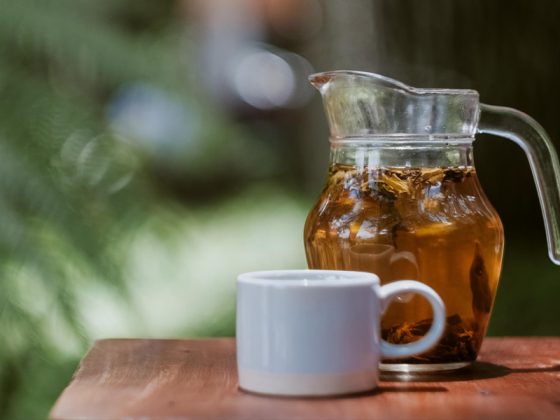Kratom, derived from the leaves of the Mitragyna speciosa tree, has a long and rich history that spans centuries. Originating in the tropical regions of Southeast Asia, particularly in Thailand, Malaysia, Indonesia, and Myanmar, kratom has been traditionally used by indigenous populations for its various medicinal and recreational properties. This blog explores the fascinating journey of kratom, from its traditional uses in ancient cultures to its growing popularity in modern wellness practices.
Ancient Roots: Traditional Uses of Kratom
1. Kratom in Southeast Asia
The history of kratom begins in the dense rainforests of Southeast Asia. There, the Mitragyna speciosa tree grows abundantly. The indigenous people of this region, including laborers, farmers, and healers, have used kratom leaves for centuries. Traditionally, they either chewed fresh leaves or dried and brewed them into tea. The primary purpose of consuming kratom in these early days was to combat fatigue and enhance productivity during long hours of work in hot and humid conditions.
Kratom’s stimulant properties provided a mild boost in energy, helping workers remain alert and focused. Besides its stimulating effects, kratom was valued for its analgesic and sedative properties. People commonly used it to alleviate pain, manage diarrhea, and relieve symptoms of various ailments. Local healers and shamans often incorporated kratom into their traditional medicine practices, using its leaves in different preparations and treatments.
2. Kratom as a Social and Cultural Practice
In many Southeast Asian cultures, the history of kratom includes more than just its use as a medicinal herb. It was also part of social and cultural traditions. In some communities, people chewed kratom leaves or brewed them into tea during social gatherings and religious ceremonies. They believed it enhanced social interaction, promoted relaxation, and fostered a sense of well-being. This communal use of kratom contributed to its cultural significance and long-standing presence in the daily lives of many Southeast Asians.
Scientific Discovery and Documentation
1. Early Western Encounters
The Western world’s awareness of kratom began in the early 19th century. European explorers and botanists documented its use in Southeast Asia. One of the first recorded Western encounters with kratom was in 1836 by the Dutch botanist Pieter Willem Korthals. He provided a scientific description of the Mitragyna speciosa tree, noting its distinctive characteristics and traditional uses. Korthals’ work laid the foundation for subsequent scientific exploration of kratom.
2. Identification of Active Compounds
During the 20th century, the history of kratom extended beyond Southeast Asia, sparking scientific interest in its chemical composition and effects. Researchers identified two primary alkaloids in kratom leaves: mitragynine and 7-hydroxymitragynine. These alkaloids interact with the opioid receptors in the brain, explaining kratom’s analgesic, mood-enhancing, and sedative effects.
Mitragynine, the most abundant alkaloid in kratom, is primarily responsible for its stimulant and pain-relieving properties. Although present in smaller quantities, 7-Hydroxymitragynine is significantly more potent and contributes to the plant’s overall analgesic effects. The discovery of these alkaloids marked a significant milestone in understanding how kratom works and its potential therapeutic applications.
Kratom’s Journey to the West
1. Growing Popularity and Uses
In recent decades, kratom has gained increasing attention in the Western world as an alternative to traditional pharmaceuticals. People have started using kratom for various purposes, including managing chronic pain, alleviating anxiety and depression, and providing relief from opioid withdrawal symptoms. The rise of the internet and global trade has made kratom more accessible, leading to a surge in its use and demand.
Kratom is often marketed as a natural supplement that offers benefits such as increased energy, enhanced mood, and pain relief. Many users report positive experiences with kratom, particularly those seeking natural alternatives to prescription medications. Its appeal is further heightened by the growing interest in herbal and plant-based remedies in Western health and wellness circles.
2. Legal and Regulatory Challenges
Despite its growing popularity, kratom has faced significant legal and regulatory challenges, particularly in the United States. The legality of kratom varies widely, with some states and local jurisdictions banning its sale and use, while others allow it under certain conditions. These regulatory challenges are often driven by concerns over kratom’s safety, potential for abuse, and lack of standardized dosing.
The U.S. Food and Drug Administration (FDA) has issued warnings about the potential risks of kratom, citing concerns about its addictive properties and the lack of scientific evidence supporting its safety and efficacy. However, many kratom advocates argue that these concerns are overstated and that kratom is a valuable tool for those seeking natural alternatives to prescription drugs.
Current Research and Future Prospects
1. Ongoing Scientific Research
As kratom continues to gain attention, scientific research increasingly focuses on understanding its effects, potential benefits, and risks. Current studies are exploring kratom’s pharmacological properties, including its impact on pain, mood, and opioid receptors. Researchers are also investigating the safety profile of kratom, particularly concerning its long-term use and potential interactions with other substances.
2. The Debate on Kratom’s Medical Use
The medical and scientific communities remain divided on kratom’s potential as a therapeutic agent. Some researchers and healthcare professionals recognize the plant’s potential benefits, particularly in pain management and addiction treatment. Others caution against its use due to the lack of comprehensive clinical studies and regulatory oversight. This ongoing debate highlights the need for more rigorous research to establish kratom’s safety and efficacy.
The Cultural and Social Impact of Kratom
1. Kratom in Modern Wellness Practices
The history of kratom has carved out a niche in modern wellness practices. Users incorporate it into their daily routines for its purported benefits. They commonly consume it in various forms, including capsules, powders, and teas, and often market it alongside other herbal supplements. The rise of online communities and forums has facilitated the sharing of personal experiences and information about kratom, further contributing to its popularity.
2. Advocacy and Education
The kratom community actively engages in advocacy and education efforts, aiming to promote responsible use and dispel misconceptions about the plant. Advocacy groups work to ensure that kratom remains accessible to those who benefit from its use while also pushing for standardized regulations that prioritize consumer safety. These efforts include public awareness campaigns, legal challenges to restrictive laws, and collaboration with researchers to advance scientific understanding.
Moving Forward with Kratom
The history of kratom is a testament to its enduring significance in traditional medicine and its evolving role in modern wellness practices. From its early use by Southeast Asian laborers to its current status as a popular alternative therapy, kratom has demonstrated its versatility and resilience. As research continues to uncover its potential benefits and risks, kratom remains a subject of interest and debate within the scientific and medical communities.
As we move forward, it is essential to balance the potential benefits of kratom with responsible use and regulation. This approach will help ensure that kratom can continue to provide relief and support for future generations while also addressing concerns about safety and public health. For more informational blogs and to learn more about kratom, visit trisprout.com/kratom-education-information.
*Disclaimer: This Kratom blog emphasizes that the information shared in the blogs is for educational purposes and should not be seen as a substitute for professional medical advice. It highlights the variability in individual responses to Kratom and advises caution and responsible use. This disclaimer also reminds readers to be aware of the legal status of Kratom in their area and to stay informed about the latest research on Kratom. It concludes by stressing the importance of making informed and responsible decisions regarding Kratom use and seeking medical advice when necessary.*







